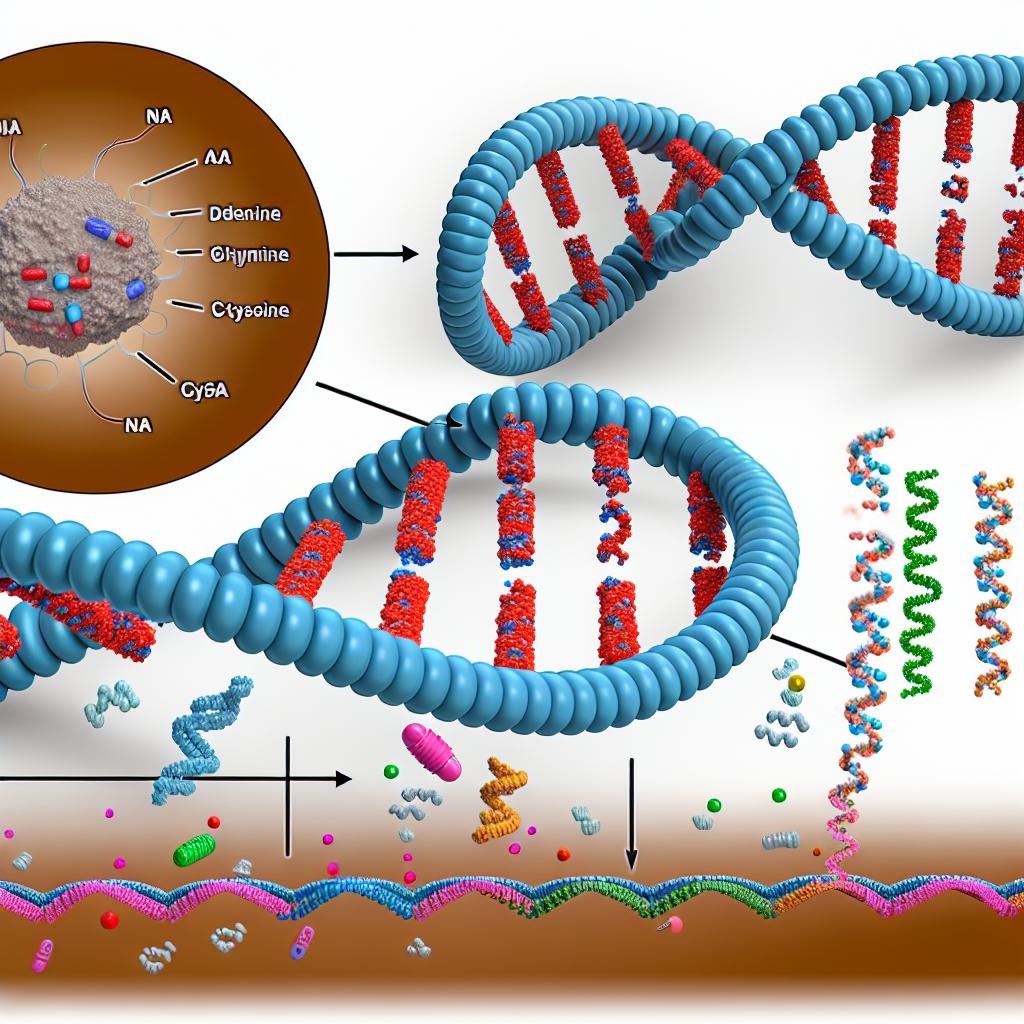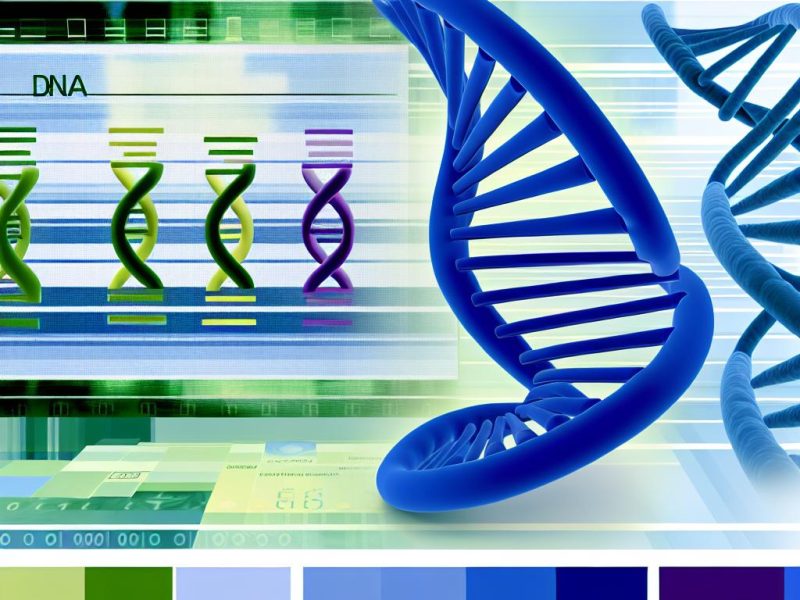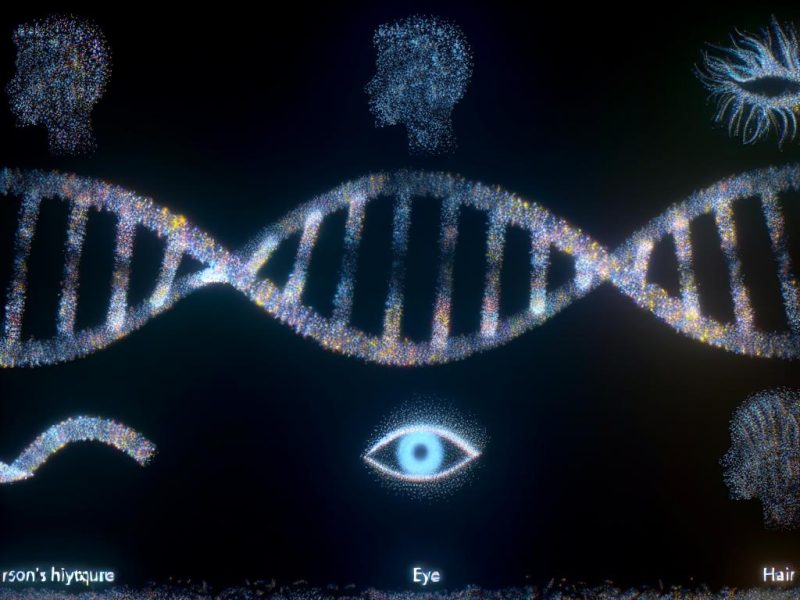Introduction to DNA and Proteins
Deoxyribonucleic acid (DNA) represents a cornerstone of biological science due to its role as the carrier of genetic instructions vital for the growth, operation, and reproduction of living organisms and some viruses. It functions primarily through encoding the synthesis of proteins, essential macromolecules responsible for diverse structural and regulatory roles within cellular environments. This piece will delve deeper into the structure, functionality, and implications of DNA and its role in protein synthesis, presenting an expanded examination suited for those eager to enhance their understanding of these fundamental biological concepts.
The Structure of DNA
DNA is characterized by its elegant structure; two strands of nucleotides twist around one another forming a double helix. Nucleotides, the building blocks of DNA, are each composed of three components: a sugar molecule, a phosphate group, and one of four nitrogenous bases. These nitrogenous bases include adenine (A), thymine (T), cytosine (C), and guanine (G). They play a critical role in the double-helical structure by pairing specifically through hydrogen bonds, with adenine always pairing with thymine, and cytosine with guanine. This pairing is fundamental to the process of DNA replication and the precise transmission of genetic information.
Genetic Code and Codons
The sequence of nitrogenous bases along the DNA strands forms the unique genetic code, pivotal for the encoding of life’s processes. This genetic code is interpreted in groups of three bases known as codons. Each codon corresponds to a specific amino acid, which are the monomers used in constructing proteins. For instance, the codon AUG is particularly significant as it codes for methionine, which frequently serves as the initiation point for protein synthesis. Understanding codons is key for unraveling how genes influence the phenotype of an organism through the blueprint they provide for proteins.
From DNA to RNA: Transcription
The journey from DNA to proteins commences with transcription, a process critical for the translation of genetic information. During transcription, the enzyme RNA polymerase plays an integral role. It binds to a specific region of the DNA and synthesizes a complementary strand of messenger RNA (mRNA) by pairing RNA nucleotides to the DNA template strand. The resulting mRNA is a single-stranded intermediary, specifically structured to relay genetic information from the DNA in the nucleus to the ribosomes in the cytoplasm, where protein synthesis will occur. This step solidifies the conversion of genetic data into a message that can be utilized outside of the protective environment of the nucleus. For enhanced detail, resources like the section on transcription in Genome.gov provide additional context.
Translation: Building Proteins
Translation, the subsequent step, is where the genetic blueprint is transformed into tangible protein products. Within this phase, the mRNA transcript is decoded by ribosomes—complex molecular machines dedicated to protein synthesis. Transfer RNA (tRNA) molecules play a pivotal role here, delivering the requisite amino acids to the ribosome. Each tRNA molecule possesses a specific anticodon matching a complementary mRNA codon, ensuring the correct sequence of amino acids is incorporated. This specificity is crucial as it dictates the primary structure of the resulting protein. The ribosomal catalysis of peptide bond formation between adjacent amino acids fosters the creation of a growing polypeptide chain. These chains eventually fold into functional proteins, which can then assume diverse roles throughout the cell, underscoring the complexity and efficiency of genetic expression.
The Significance of Protein Synthesis
Protein synthesis is fundamental to cellular life; proteins undertake nearly every cellular function. They catalyze metabolic reactions, replicate genetic material, and enable cellular responses to external stimuli. In addition, proteins facilitate the transport of molecules across cell membranes. The fidelity of DNA and the specificity of its genetic code ensure precise protein production, which in turn guarantees the proper functioning and adaptability of cellular systems.
The continuous flow of genetic information from DNA to RNA and subsequently to proteins underscores life’s most essential processes. This cascade of molecular information enables organisms to grow, adapt to environmental changes, and successfully reproduce. To delve deeper into these intricate networks of genetic and protein synthesis, exploring comprehensive literature such as that available at the Nature Genetics portal is recommended. This expanded understanding contributes significantly to advancements in fields ranging from genetics to medicine, emphasizing the importance of these molecular mechanisms in shaping biological phenomena.



